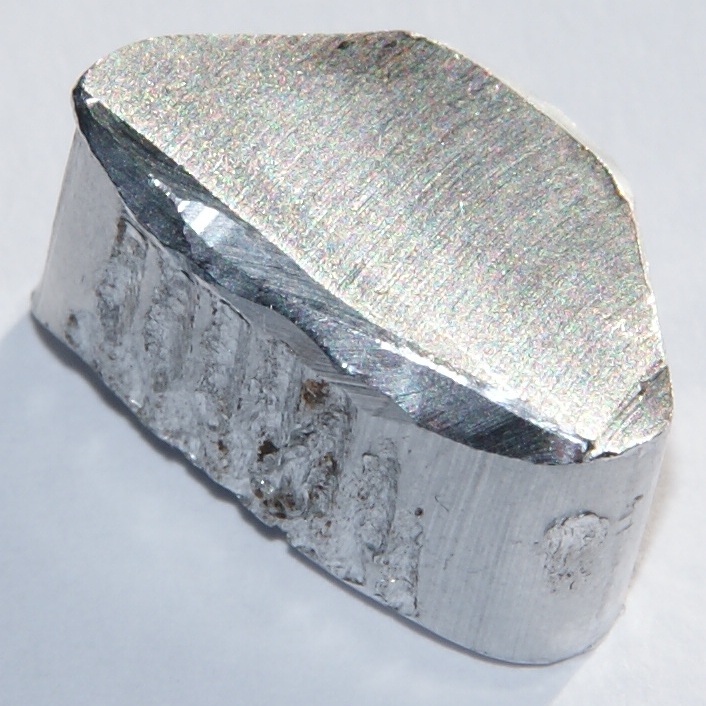Advanced Education and Workforce Training in Fibers Recycling
This Education and Workforce Development project focused on developing training in advanced fibers recycling for the Awareness, Practitioner, and Expert levels. Courses developed included:
- New Technology Developments in Paper Recycling
- Recycled Paper Lab Research and Testing with TAPPI Standards
- Paper Recycling Pilot Plant and Industry Tours
- The Recycling System: Value Chains, Collection, MRFs, & Markets
- Manufacturing of Paper from Recycled Fibers-Process, Products, and Technologies
- Fiber Properties and Paper Physics
- Printing Inks and Deinking in the Paper Recycling Process
- Chemical Agents Used in Paper Recycling to Improve Process Operation and Process Quality
- Stickies and Organic Materials Characterization and Removal in the Paper Recycling Process
The goal of this project is to develop curriculum and coursework for training modules in advanced fibers recycling for the REMADE℠ Education and Workforce Development Tiered Certificate Pathway program. The specific objectives of the project are to develop course content that fills the knowledge gap including (1) developing course materials to cover all the major recycled fibers and all major paper grades; (2) developing course materials to cover the entire fiber recycling process; (3) develop course materials to address specific challenges in the paper recycling process; (4) develop course materials to cover fiber identification, testing, and quality control, and sensor technologies in sorting; (5) develop a coursework structure that is in line with REMADE℠ Tiered Certificate Pathway framework and that can be delivered through traditional teaching methods, online and distance learning, and hands-on experience in-person short course format.







